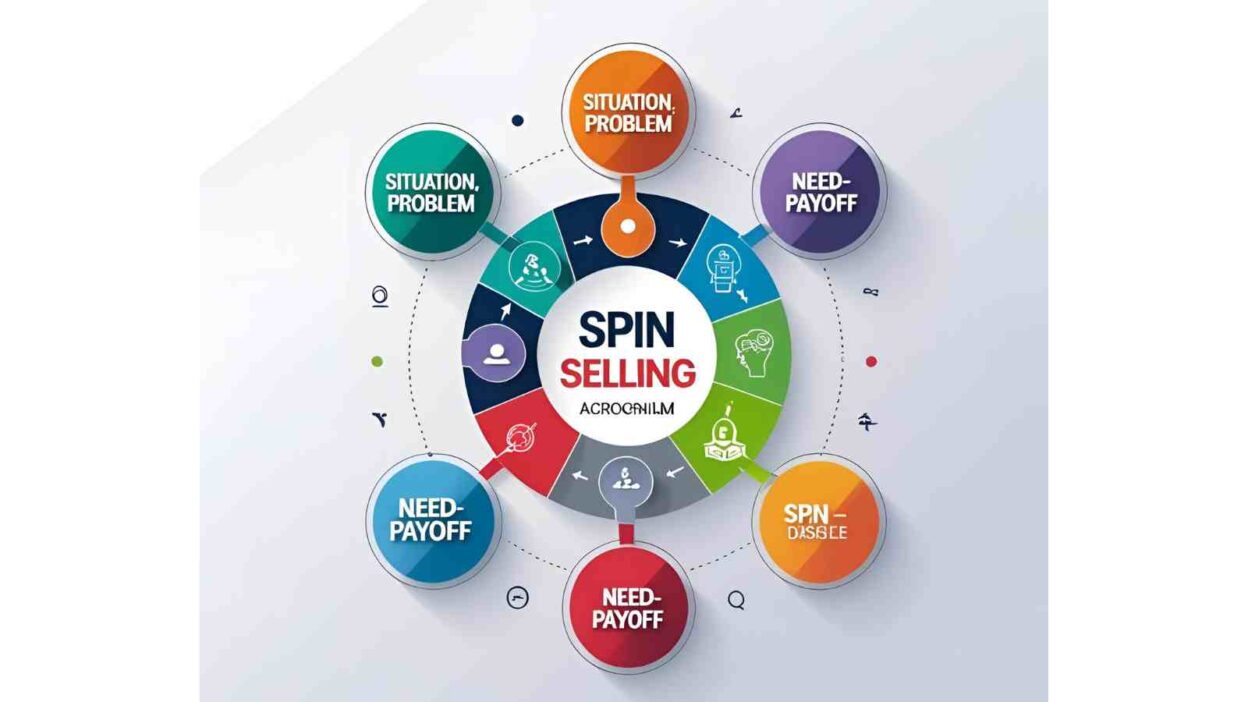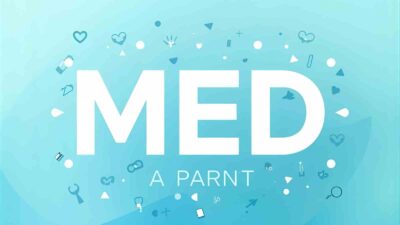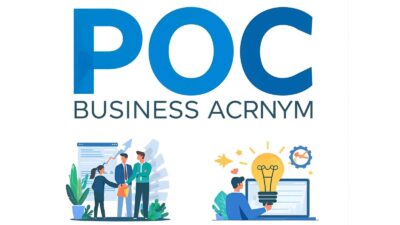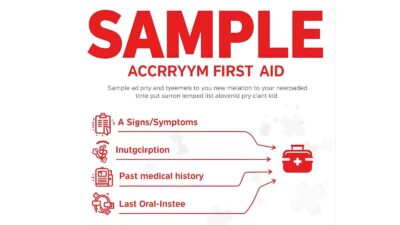Sales is often described as both an art and a science. One of the most famous scientific approaches to selling is the SPIN selling acronym, created by Neil Rackham in the 1980s. SPIN stands for Situation, Problem, Implication, and Need-payoff, and it became popular because it gave sales teams a structured way to ask questions and uncover deeper customer needs.
But is SPIN selling still relevant today? Absolutely—though it has both advantages and disadvantages. On the plus side, it helps sellers guide conversations without being pushy. On the downside, some argue it can feel too rigid or outdated in fast-moving industries like SaaS or e-commerce. That’s why many businesses look for alternatives to the SPIN selling method—fresh frameworks that are easier to remember, fit specific industries, or match cultural and emotional contexts.
In this article, we’ll cover:
- What SPIN selling is and why it matters.
- 30 alternative sales acronyms, with meanings, examples, and use cases.
- When to use SPIN vs. other frameworks (like Challenger or Solution Selling).
- FAQs people often ask about SPIN selling.
By the end, you’ll have a complete toolkit of sales acronyms to guide conversations with confidence.
What Does SPIN Selling Stand For?
SPIN is an acronym for:
- Situation – Ask about the customer’s current context.
- Example: “Can you tell me about your current CRM system?”
- Problem – Identify pain points or challenges.
- Example: “What issues are you experiencing with your current setup?”
- Implication – Highlight the impact of those problems.
- Example: “How does downtime affect your sales team’s productivity?”
- Need-payoff – Show the value of solving the problem.
- Example: “How would it help if your system integrated seamlessly?”
This questioning sequence is why SPIN selling is still taught in sales training today. But modern selling requires flexibility, and that’s where alternatives come in.
30 Alternatives to the SPIN Selling Acronym
Here’s a list of creative, practical alternatives. Each one comes with its meaning, example sentence, and best use case.
1. CARE – Connect, Assess, Recommend, Execute
Meaning: Focuses on customer care first.
Example: “We CARE by tailoring each solution.”
When to use: Service-driven sales like healthcare, banking.
2. HELP – Hear, Empathize, Lead, Provide
Meaning: Builds emotional trust.
Example: “We HELP customers feel heard.”
When to use: High-emotion industries (insurance, counseling, wellness).
3. GROW – Goals, Reality, Options, Way forward
Meaning: Coaching-inspired.
Example: “We used GROW to uncover long-term goals.”
When to use: Consulting or B2B advisory.
4. SOLVE – Seek, Observe, Listen, Validate, Execute
Meaning: Problem-solving at its core.
Example: “Our team SOLVE’d their workflow bottlenecks.”
When to use: Technical sales, IT solutions.
5. QUEST – Qualify, Understand, Explore, Solve, Transition
Meaning: Treats sales as a discovery journey.
Example: “In our QUEST, we mapped pain points to solutions.”
When to use: Enterprise or long-cycle sales.
6. VALUE – Verify, Analyze, Listen, Understand, Execute
Meaning: Keeps focus on ROI.
Example: “Our VALUE method proved cost savings.”
When to use: CFO-driven or ROI-sensitive industries.
7. PEARL – Probe, Empathize, Address, Recommend, Lead
Meaning: Soft, trust-building.
Example: “PEARL made our healthcare demo more human.”
When to use: Healthcare, wellness, education.
8. MAPS – Measure, Analyze, Propose, Secure
Meaning: Creates a roadmap.
Example: “MAPS helped us win the government bid.”
When to use: Strategic, multi-stakeholder deals.
9. TRUST – Talk, Relate, Understand, Solve, Transition
Meaning: Relationship-first.
Example: “We build TRUST before offering solutions.”
When to use: Long-term partnerships.
10. DISC – Discover, Inspire, Solve, Close
Meaning: Short and simple.
Example: “DISC kept our meeting short and impactful.”
When to use: Retail or quick B2B transactions.
11. FAST – Find, Assess, Suggest, Transition
Meaning: Designed for speed.
Example: “We used FAST in a 15-minute call.”
When to use: High-volume or transactional sales.
12. EDGE – Engage, Diagnose, Guide, Execute
Meaning: Competitive edge.
Example: “EDGE helped us differentiate.”
When to use: Crowded markets.
13. FIRM – Find, Investigate, Recommend, Motivate
Meaning: Strong, structured.
Example: “The FIRM approach appealed to executives.”
When to use: B2B corporate negotiations.
14. NEED – Notice, Explore, Explain, Deliver
Meaning: Centers on customer needs.
Example: “We followed NEED to align perfectly.”
When to use: Customer-first organizations.
15. SMART – Specify, Measure, Analyze, Recommend, Transition
Meaning: Data-backed selling.
Example: “SMART showed ROI in numbers.”
When to use: Analytical or metrics-driven buyers.
16. STEP – Survey, Target, Engage, Propose
Meaning: Easy to train beginners.
Example: “STEP simplified the process for our interns.”
When to use: Training and onboarding.
17. BRIDGE – Build, Relate, Identify, Develop, Guide, Execute
Meaning: Bridges gaps.
Example: “We BRIDGE pain points to outcomes.”
When to use: Transition-heavy sales.
18. LEAD – Listen, Empathize, Advise, Deliver
Meaning: Sales through leadership.
Example: “LEAD gave us authority and empathy.”
When to use: Consulting or advisory sales.
19. ASKS – Assess, Seek, Know, Solve
Meaning: Keeps it question-based.
Example: “We ASKS before offering any product.”
When to use: Discovery-heavy environments.
20. CLEAR – Clarify, Listen, Explore, Address, Recommend
Meaning: Focused on transparency.
Example: “CLEAR reduced compliance concerns.”
When to use: Regulated industries (finance, legal).
21. SHAPE – Seek, Hear, Align, Propose, Execute
Meaning: Shapes client perspective.
Example: “We SHAPE the narrative around outcomes.”
When to use: Persuasive selling.
22. FOCUS – Find, Observe, Clarify, Understand, Solve
Meaning: Keeps spotlight on client.
Example: “FOCUS avoided feature overload.”
When to use: Solution selling.
23. ALIGN – Ask, Listen, Identify, Guide, Negotiate
Meaning: Aligns mutual goals.
Example: “ALIGN made us partners, not vendors.”
When to use: Strategic partnerships.
24. CLOSE – Clarify, Listen, Offer, Secure, End
Meaning: Built for closing.
Example: “CLOSE structured the final pitch.”
When to use: End-stage deals.
25. DRIVE – Diagnose, Recommend, Illustrate, Validate, Execute
Meaning: Pushes momentum.
Example: “DRIVE sped up the contract.”
When to use: High-energy sales cultures.
26. WIN – Want, Investigate, Negotiate
Meaning: Short and competitive.
Example: “We WIN when we ask the right questions.”
When to use: Fast pitches.
27. GIFT – Gather, Identify, Focus, Transition
Meaning: Frames solutions as gifts.
Example: “We gave the client the GIFT of clarity.”
When to use: Friendly or informal sales.
28. PLAN – Probe, Listen, Address, Negotiate
Meaning: Emphasizes preparation.
Example: “PLAN worked with complex stakeholders.”
When to use: Enterprise sales.
29. HOOK – Hear, Observe, Offer, Keep
Meaning: Captures attention.
Example: “HOOK kept them interested.”
When to use: Marketing-heavy selling.
30. ACT – Ask, Clarify, Transition
Meaning: Action-focused.
Example: “ACT helped us close in one call.”
When to use: Short sales cycles.
SPIN vs Other Sales Frameworks
- SPIN vs Challenger Sales: SPIN emphasizes questioning, while Challenger focuses on teaching and reframing customer thinking.
- SPIN vs Solution Selling: SPIN digs into problems; Solution Selling highlights outcomes.
- SPIN vs Consultative Selling: Both are customer-first, but consultative is more conversational and flexible.
👉 Use SPIN when you need structure, but pivot to CARE, VALUE, or TRUST when empathy and relationships matter.
Cultural and Emotional Contexts
- High-trust cultures (Japan, Middle East): Acronyms like TRUST, PEARL, and ALIGN work best.
- Competitive, results-driven markets (US, UK): EDGE, DRIVE, or WIN resonate more.
- Relationship-first industries (healthcare, education): CARE, HELP, or PEARL feel more natural.
Quick Selection Guide
- For fast deals: FAST, ACT, WIN.
- For long partnerships: TRUST, ALIGN, LEAD.
- For analytical buyers: SMART, VALUE, CLEAR.
- For high-emotion contexts: HELP, CARE, PEARL.
FAQs About SPIN Selling
1. What does SPIN stand for in sales?
SPIN = Situation, Problem, Implication, Need-payoff.
2. What are SPIN selling questions?
Examples: “What’s your current process?” (Situation), “What challenges do you face?” (Problem).
3. What are the disadvantages of SPIN selling?
Can feel too scripted, slow for transactional sales, and less effective in cultures that value storytelling over structured questioning.
4. Is SPIN selling still relevant today?
Yes, especially in B2B sales—but it’s often blended with Challenger, Solution Selling, or customer-success frameworks.
5. What are the best alternatives to SPIN selling?
CARE, VALUE, TRUST, and FAST are popular depending on context.
Conclusion
The SPIN selling acronym has shaped modern sales for decades, but no single framework works for every context. By exploring 30 alternatives, you now have a toolbox of methods—whether you want to emphasize empathy, speed, strategy, or closing.
👉 Try experimenting: use SPIN for discovery, then shift to VALUE for ROI discussions, or CARE for building trust. The key is to match the tone, culture, and buyer context to the acronym that fits best.




